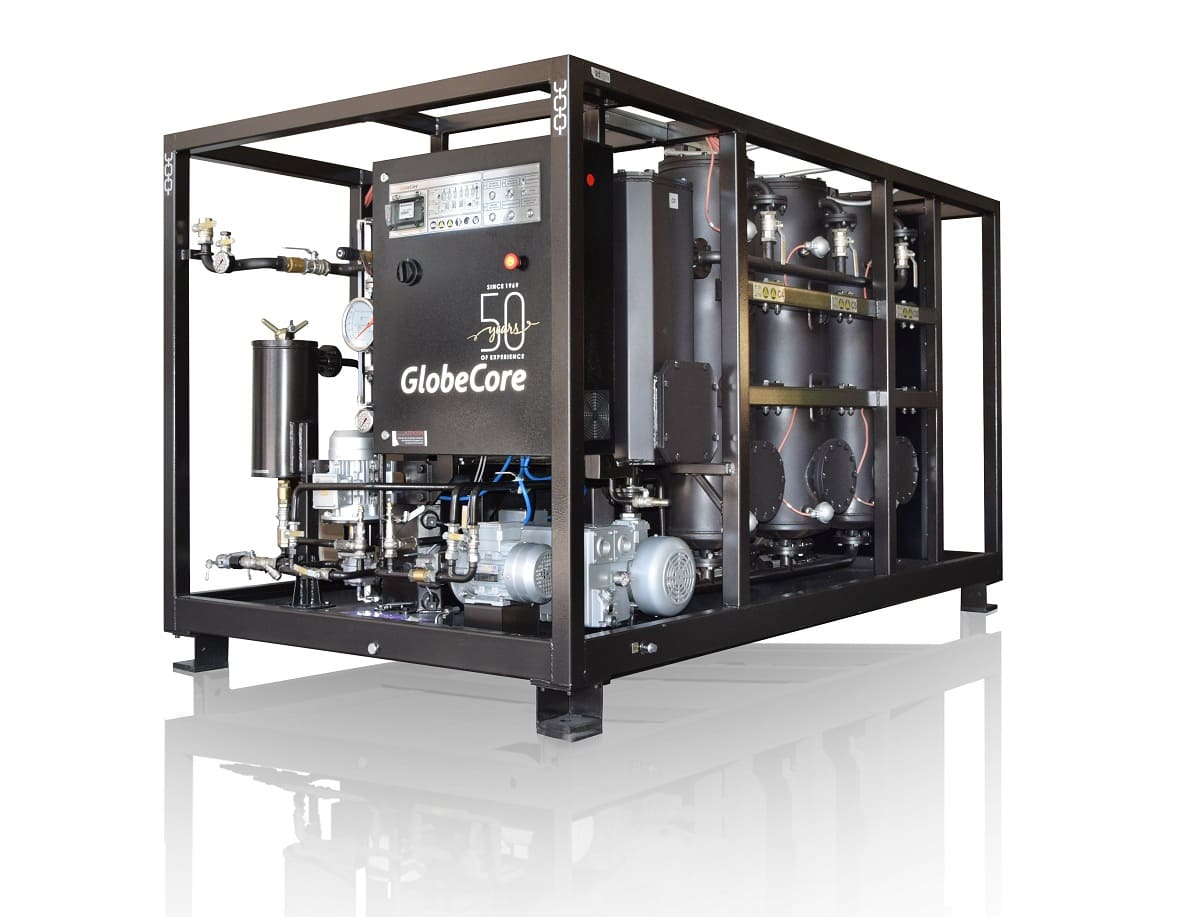How is PCB analysis of transformer oil performed?
- This topic has 1 reply, 2 voices, and was last updated 1 year, 3 months ago by .
Answers
-
September 10, 2024 at 8:15 am by Rachel Wright
PCB analysis of transformer oil is performed through a series of well-defined laboratory procedures designed to identify the presence of polychlorinated biphenyls, which are hazardous compounds often found in older transformer oils. The process typically begins with the collection of transformer oil samples under controlled conditions to prevent contamination. These samples are then subjected to solvent extraction, where the oil is mixed with a solvent that selectively dissolves the PCBs while not affecting the oil itself. Following extraction, gas chromatography, often coupled with mass spectrometry (GC-MS), is employed to separate and quantify the PCB compounds present in the sample. This ensures accurate identification of PCB congeners based on their unique chemical signatures. The analysis is further validated through comparison with calibration standards and quality control samples to ensure reliability and precision. Properly conducting PCB analysis of transformer oil is crucial for assessing environmental risks and ensuring compliance with safety regulations.



